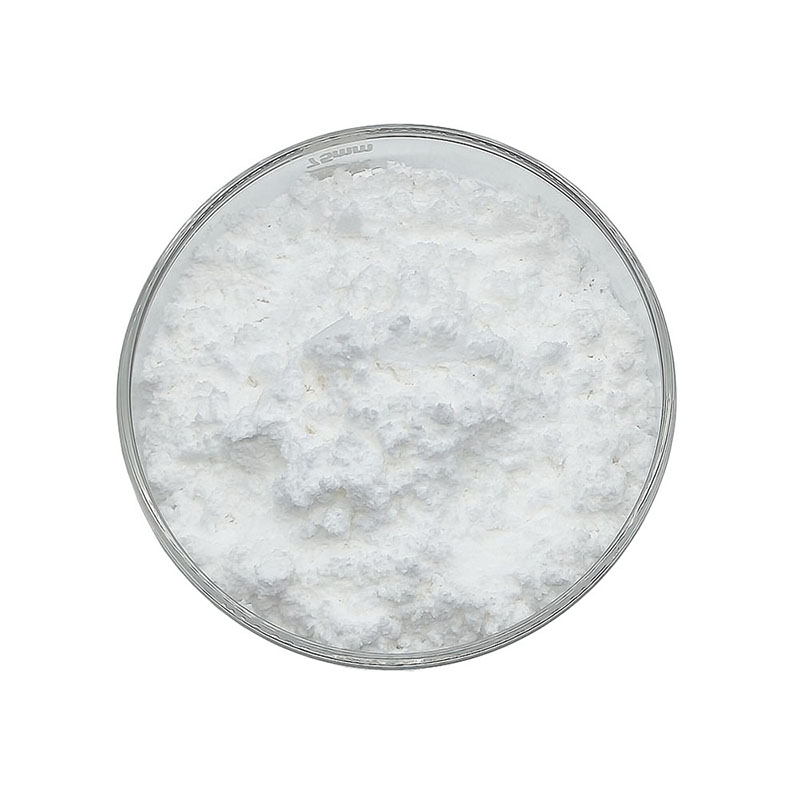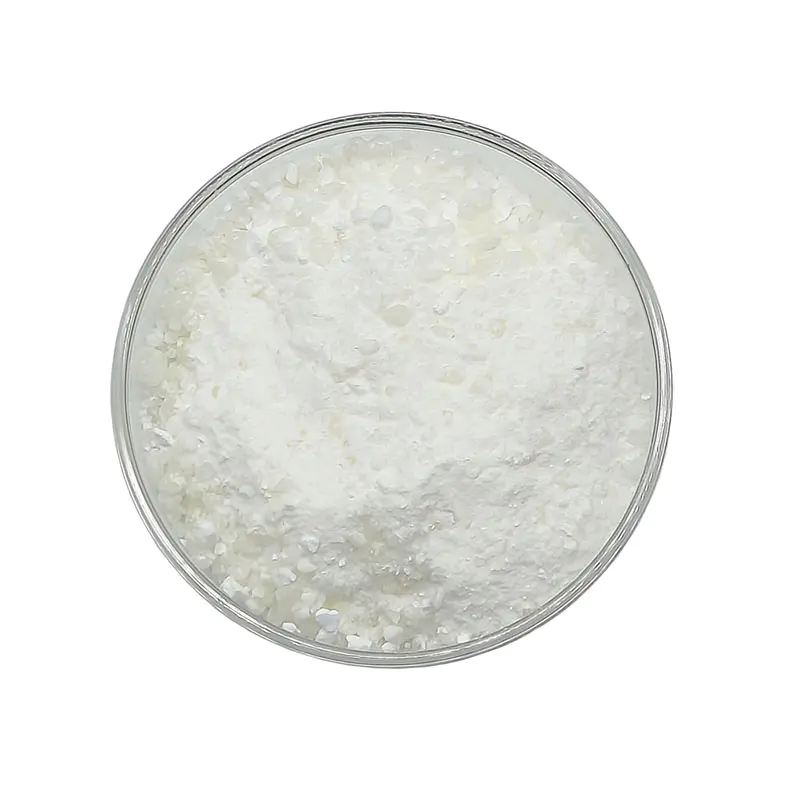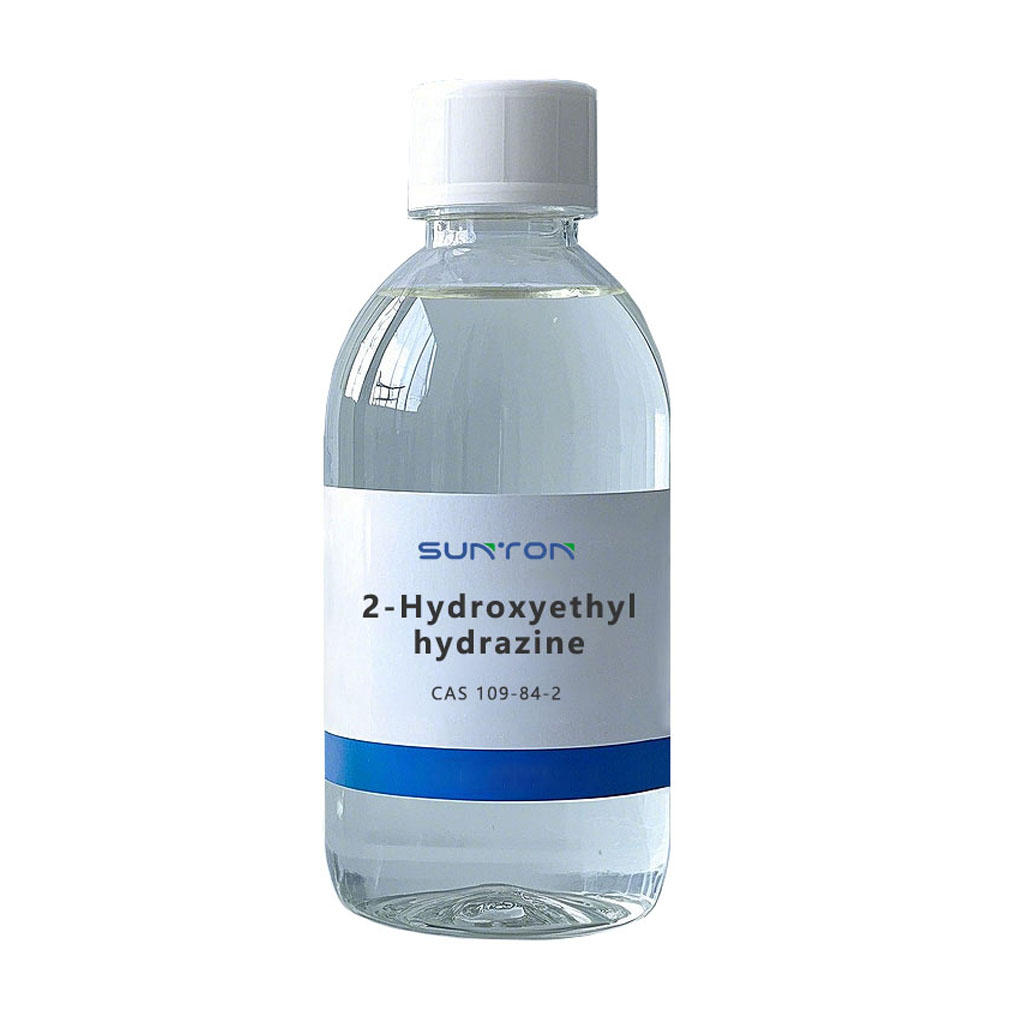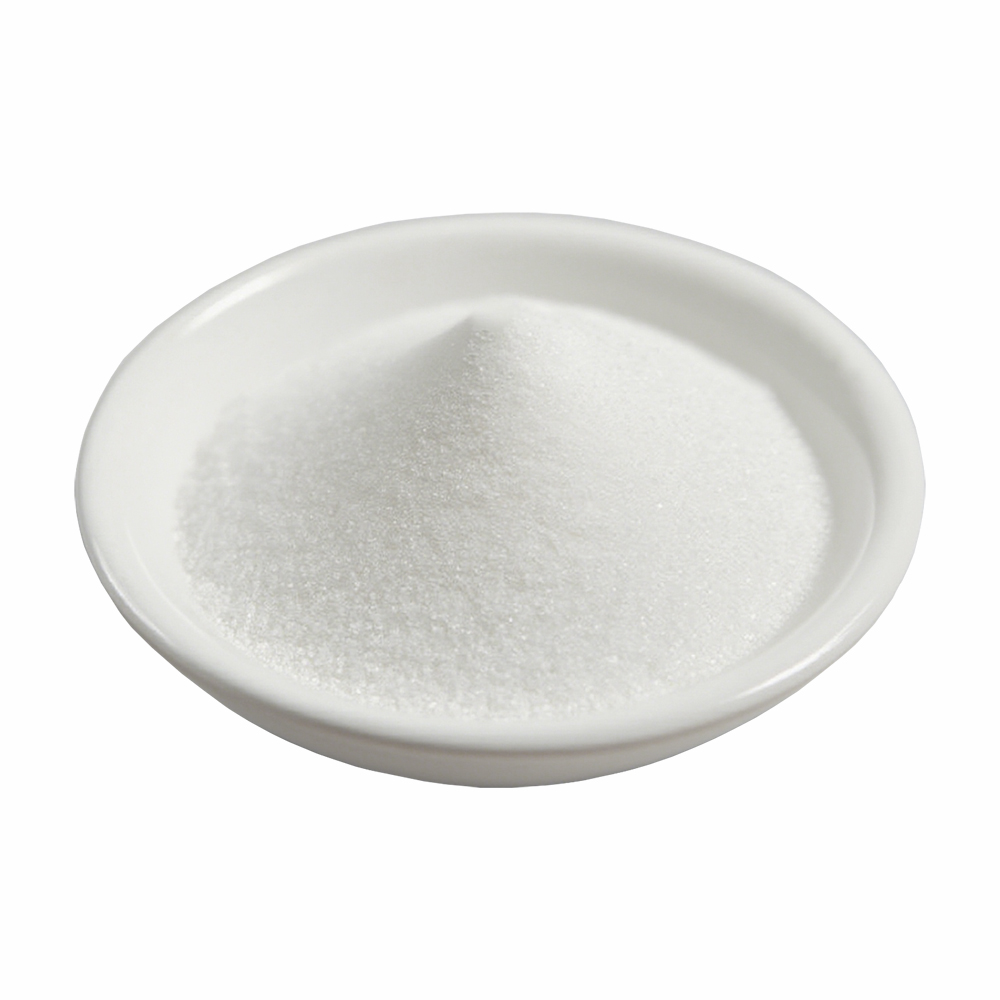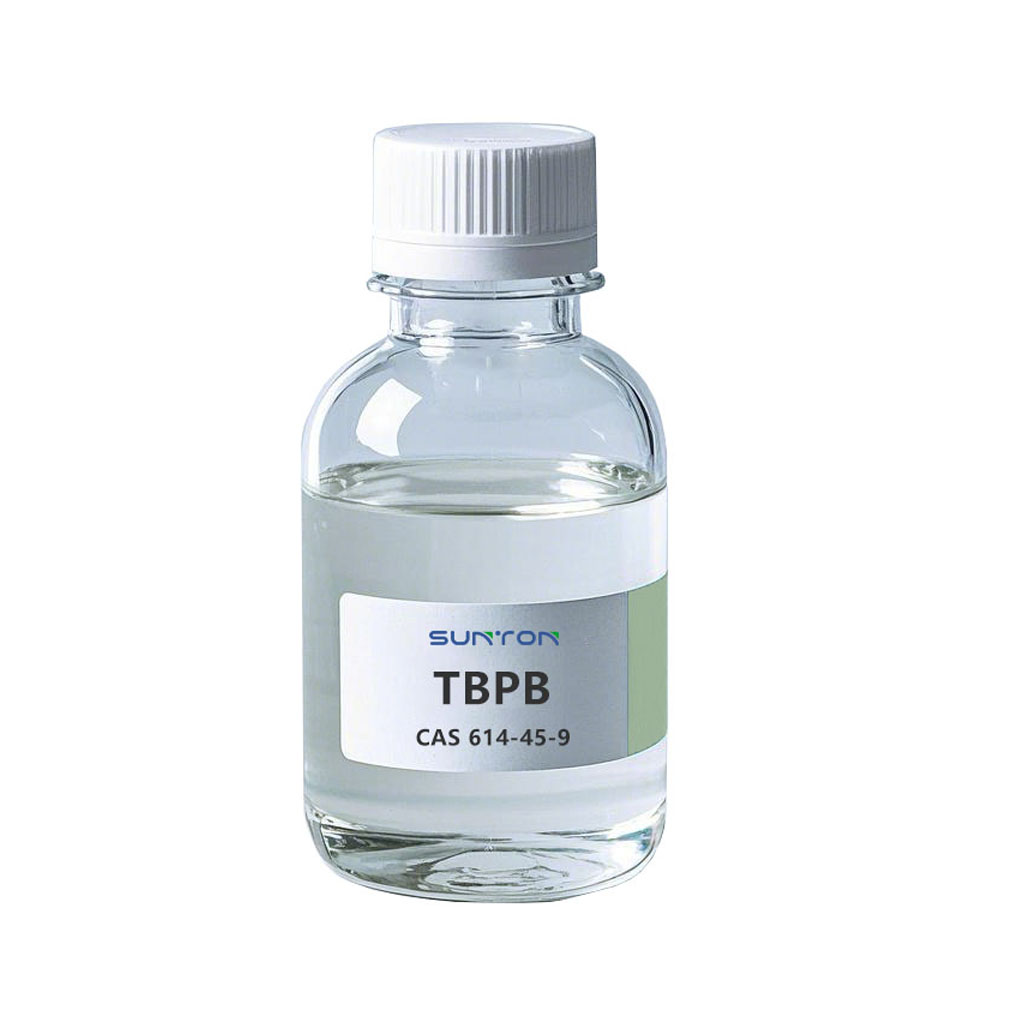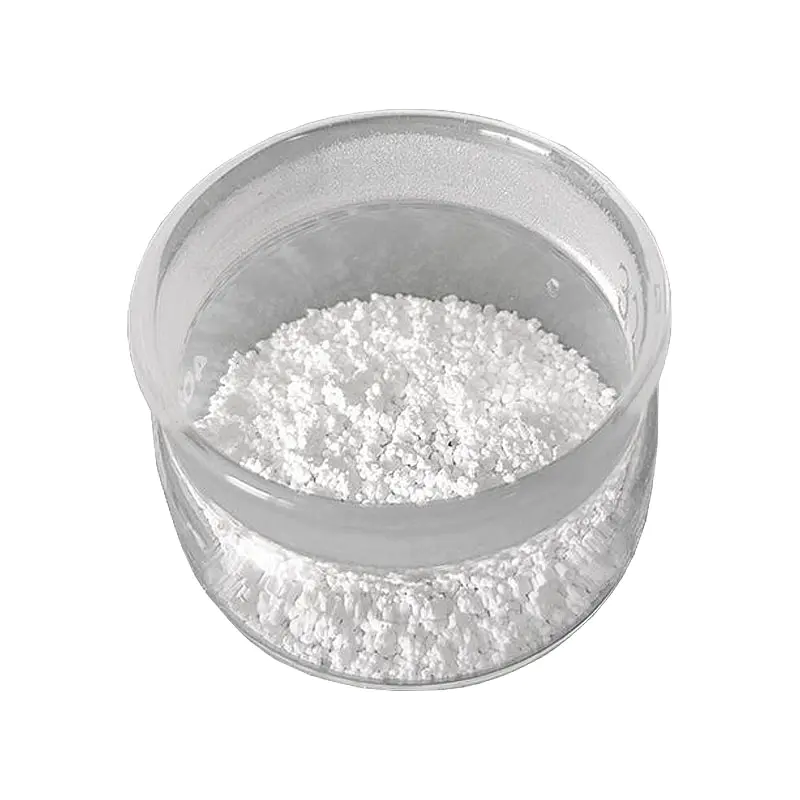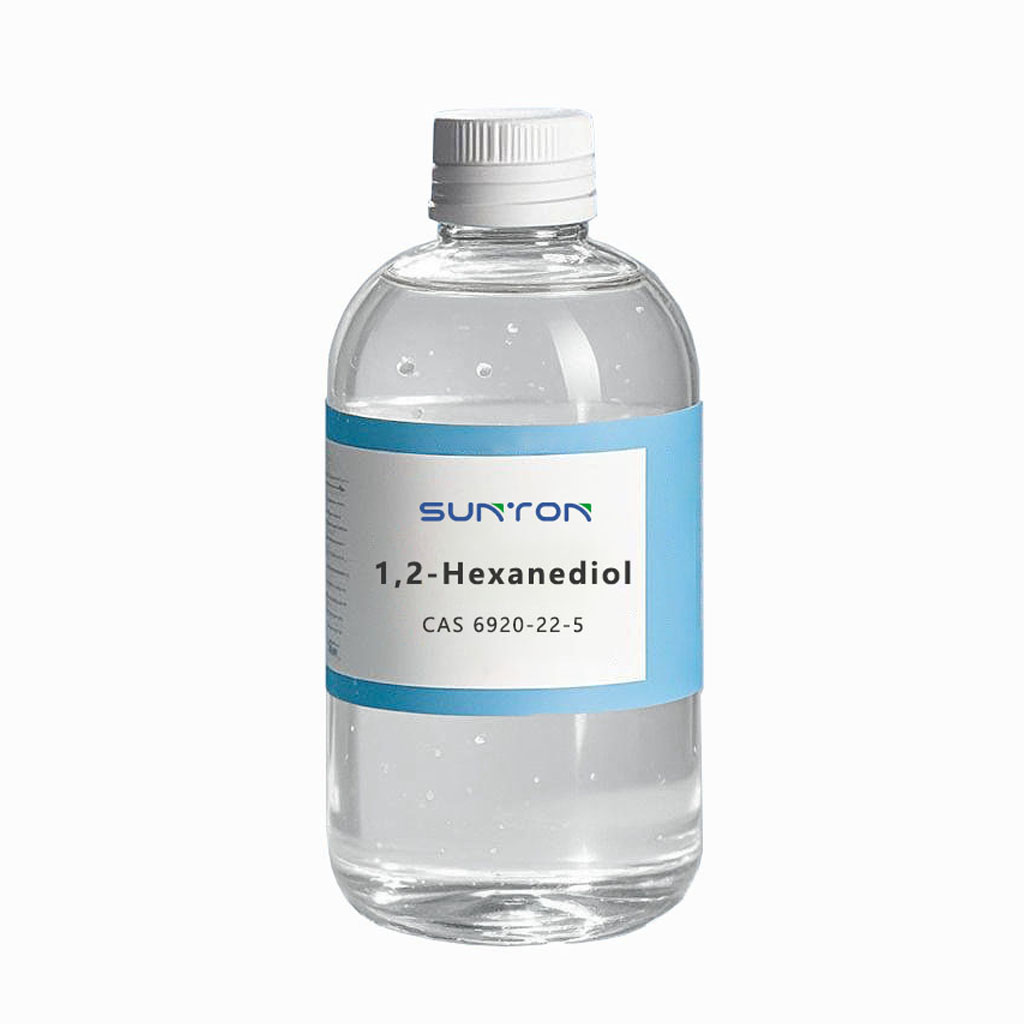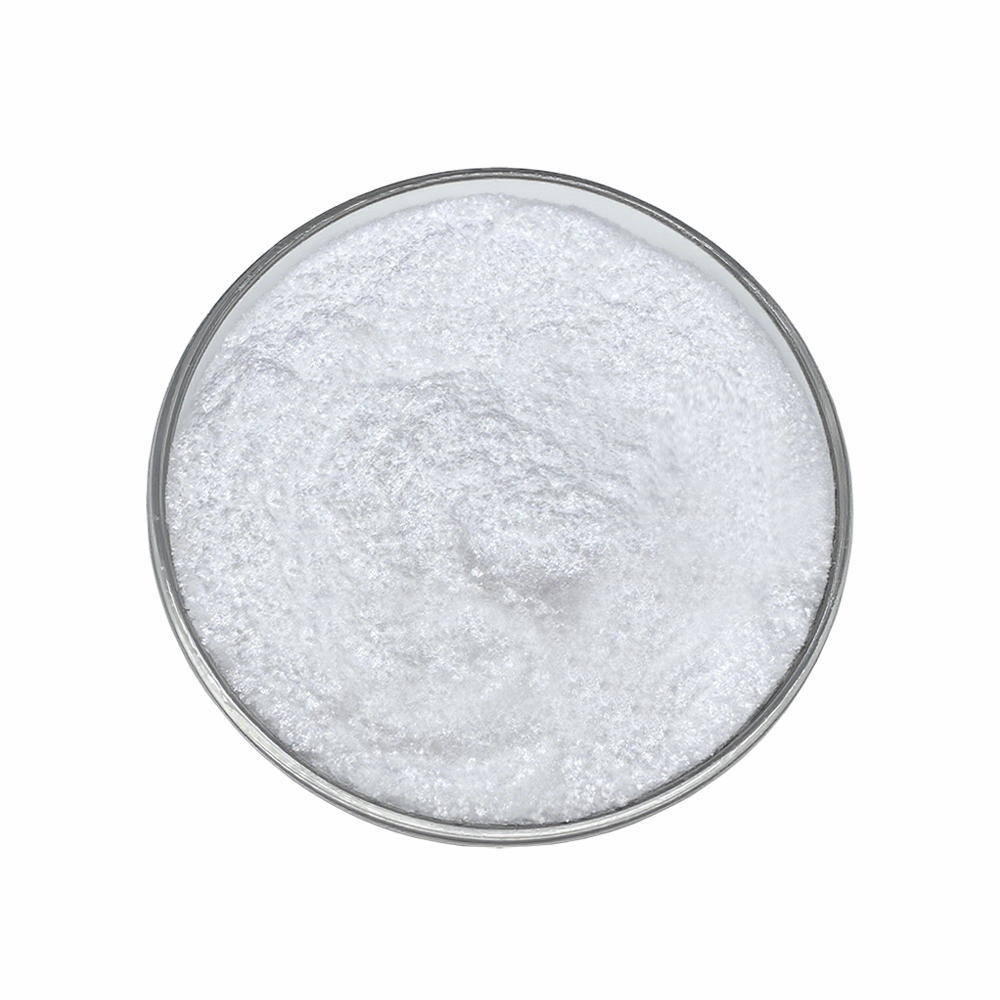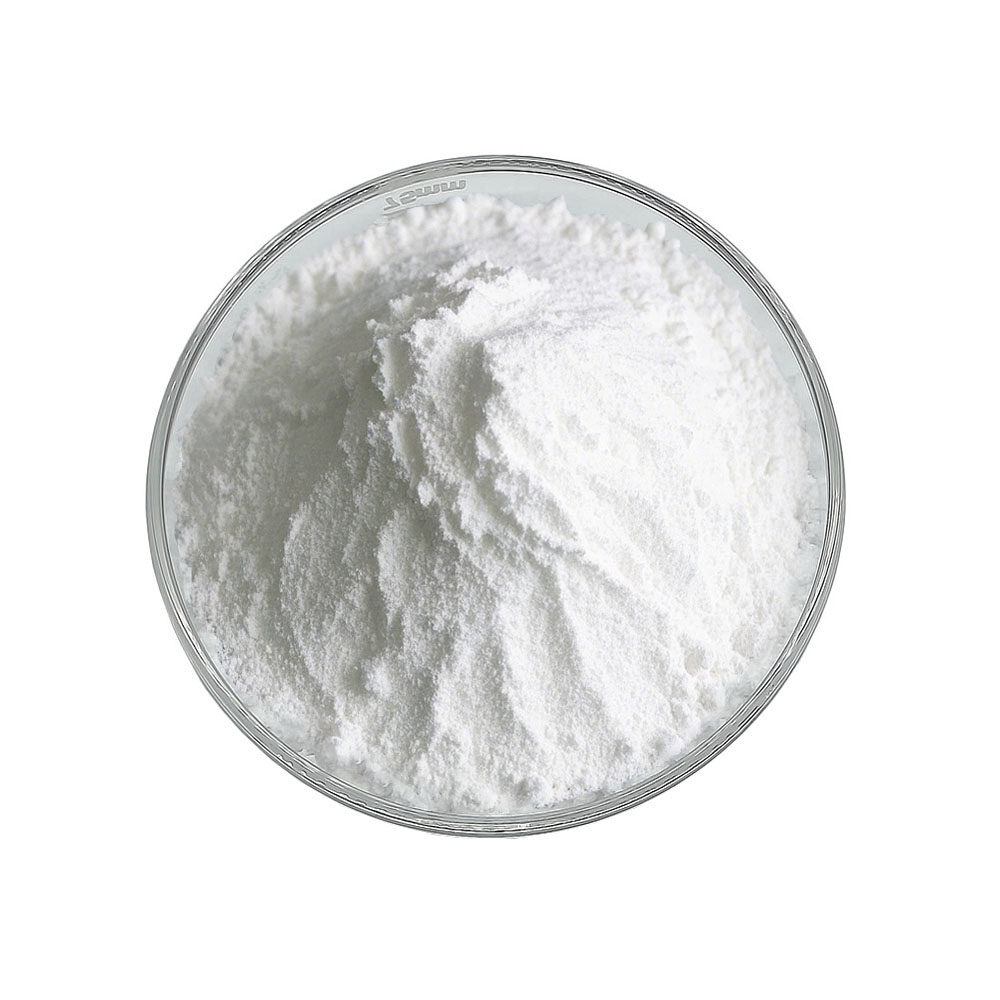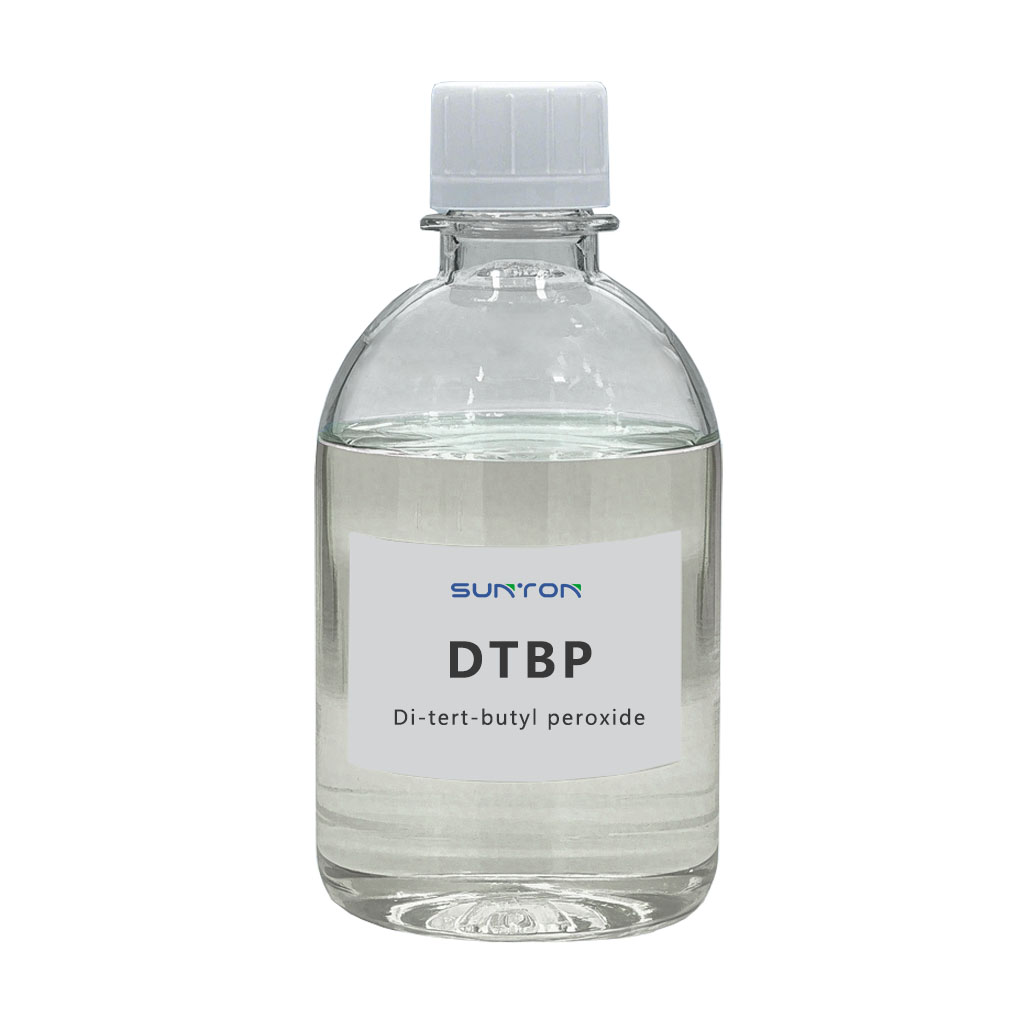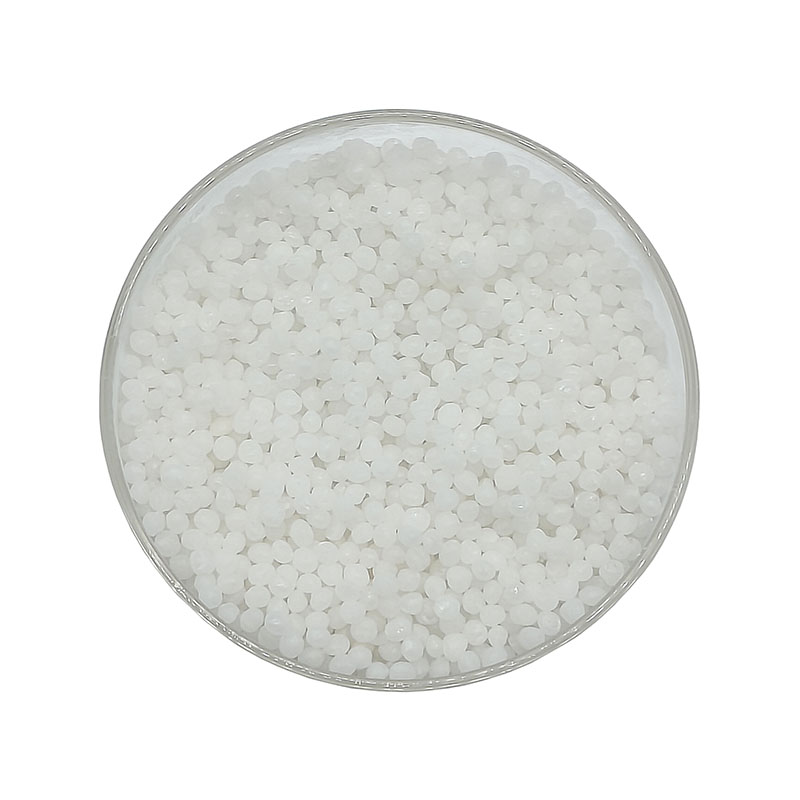Search By Posts
Product Category
Industry News
 By Admin
By Admin
Melamine Cyanurate: A Key Player in the Flame Retardant Arena
In the ever - evolving field of fire safety and material protection, Melamine Cyanurate has emerged as a highly significant compound, playing a crucial role in enhancing the flame - retardant properties of various materials.
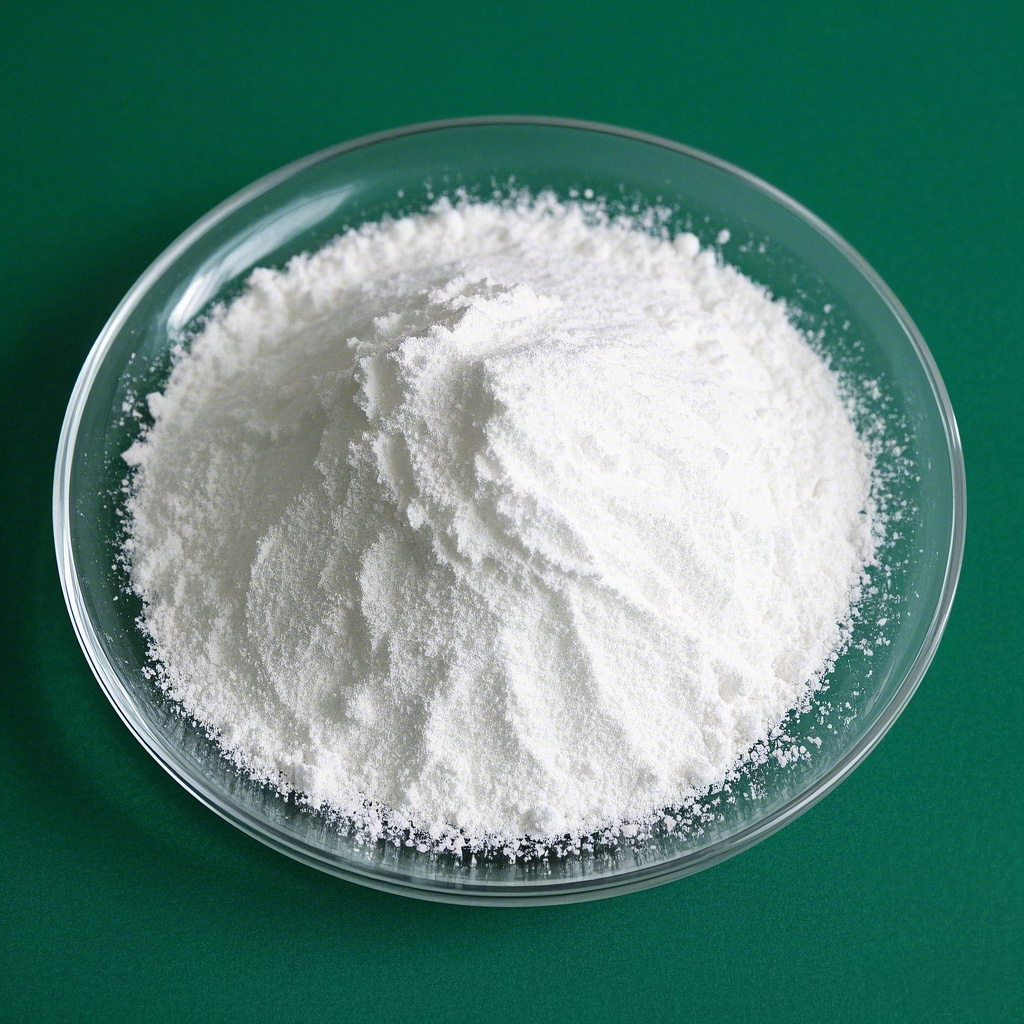
Chemical Composition and Structure
A Stable Molecular Arrangement
Melamine Cyanurate (MCA) is formed through a chemical reaction between melamine and cyanuric acid. Its unique molecular structure consists of a network of nitrogen - rich heterocyclic rings. This nitrogen - containing structure is the key to its flame - retardant functionality. The strong chemical bonds within the MCA molecule contribute to its thermal stability, allowing it to withstand high temperatures without decomposing easily. This stability is essential for its effectiveness in fire - resistant applications.
Self - assembly and Crystal Structure
MCA has the remarkable ability to self - assemble into a well - defined crystal structure. This self - assembly process results in a highly ordered arrangement of molecules, which further enhances its physical and chemical properties. The crystalline form of MCA provides a uniform distribution when incorporated into materials, ensuring consistent flame - retardant performance throughout the product.
Flame - Retardant Mechanisms
Gas - Phase Inhibition
When exposed to heat and flames, Melamine Cyanurate decomposes and releases nitrogen - rich gases. These gases dilute the oxygen concentration around the material, effectively smothering the flame. By reducing the amount of oxygen available for combustion, MCA inhibits the fire's growth and spread, providing an important layer of protection.
Condensed - Phase Action
In addition to its gas - phase effects, MCA also acts in the condensed phase. As the material heats up, MCA forms a char layer on the surface. This char layer acts as a barrier, preventing the transfer of heat from the flame to the underlying material. It also blocks the release of flammable gases from the material, further suppressing the fire. The formation of this char layer is a critical factor in the overall flame - retardant performance of MCA - treated materials.
Diverse Applications
Plastics and Polymer Industry
Melamine Cyanurate is widely used in the plastics and polymer industry. It can be incorporated into various plastic resins, such as polyamides, polyesters, and polyolefins. By adding MCA, these plastics gain enhanced fire - resistant properties, making them suitable for applications where fire safety is a concern, such as in electrical appliances, automotive parts, and building materials.
Textile and Fiber Applications
In the textile industry, MCA is used to treat fibers and fabrics to make them flame - retardant. This is especially important for applications in the military, aerospace, and hospitality sectors, where fire - resistant textiles can save lives and property. The treated textiles not only meet strict fire - safety standards but also retain their comfort and durability.
Market Trends and Future Outlook
Growing Demand
With increasing awareness of fire safety and the implementation of stricter fire - safety regulations worldwide, the demand for Melamine Cyanurate is on the rise. As more industries seek to enhance the fire - retardant properties of their products, the market for MCA is expected to continue to grow.


 English
English 中文简体
中文简体
